Dawgs through the Decades: UGA in the 1990s
As the birthplace of higher education, UGA is guided by a respect for history and tradition. We’re taking a trip down nostalgia lane to learn about college life through the decades. So dust off your flannels and grunge band T-shirts as we go back to the 1990s.
The 1990s were defined by pop culture and innovative technology. It was a spirited decade in America and that was no different on UGA’s campus. The university hosted three Olympic competitions in 1996, putting Athens on the map as an internationally recognized hub for sports, culture and entertainment. During this decade, our historic campus also expanded with new buildings like the Ramsey Student Center for Physical Activities and the Georgia Museum of Art.
Students in the 1990s were committed to creating better communities around the world and empowering the next breed of Bulldogs to continue that tradition. They embodied the world-class spirit of UGA, promoting diversity and inclusion year-round, worldwide and lifelong. UGA’s distinguished alumni from this decade include retired NFL player Terrell Davis (BSFCS ’95), Congolese ambassador Dr. Faida Mitifu (PHD ’94), sports journalist and NYT best-selling author Mark Schlabach (ABJ ’96), Pulitzer Prize winner Brad Schrade (AB ’92, MA ’95). Bulldogs from the ’90s continue to inspire pride among alumni, students and fans.
Campus Highlights
Here are some important moments in UGA’s history in the 1990s:
1990
- The College of Home Economics became the College of Family and Consumer Sciences
- Institute for African American Studies was established
1991
- College of Agriculture became the College of Agricultural and Environmental Sciences
- School of Forest Resources became the Daniel B. Warnell School of Forest Resources
- College of Business Administration became the C. Herman and Mary Virginia Terry College of Business
1993
- Telvis Rich (BSW ’94, MSW ’95) became the first Black student to serve as president of the Student Government Association
1994
- School of Ecology established within the Franklin College of Arts and Sciences; environmental literacy requirement instituted for all undergraduates
- UGA was chosen as site for Olympic soccer and volleyball during the 1996 Olympic games
1995
- The Bernard B. and Eugenia A. Ramsey Student Physical Activities Center opened
- School of Music Building and Performing Arts Center established
1996
- UGA hosted three competitions during the Centennial Olympic Games
- The Georgia Museum of Art opened a new building on East Campus as part of the Performing and Visual Arts Complex, which includes the School of Music, the Performing Arts Center and the Lamar Dodd School of Art
1997
- The late Bernard B. Ramsey left the university its largest single gift (at the time), $18.8 million
1998
- UGA converted from quarter terms to semester terms
- UGA Professor Edward J. Larson won a Pulitzer Price for History
1999
- University campus dedicated as an Arboretum
- UGA at Oxford opened, making it the first university-owned residential facility abroad
- Hilton Young (BSED ’79) became the first Black president of UGA’s National Alumni Association (now the UGA Alumni Association)
- Mark Anthony Thomas (BBA ’01) became the first Black editor-in-chief of The Red & Black

UGA’s campus in 1999. Notice any differences from today?
Classic City Entertainment
Following the creative ascent of bands like R.E.M and the B-52s in the ’80s, Athens was established as a cultural epicenter for music. Students flocked to venues and bars like the Flying Buffalo, Rockfish Palace, T.K. Harty’s Saloon, The Odyssey, Georgia Bar and Boneshakers.
The Uptown Lounge, a popular music club, became the Atomic Music Hall in the mid-’90s. Atomic gained recognition as one of the most vital underground rock clubs during the 1990s. It hosted punk-rock bands like Trash Fest, Harvey Milk, Jucifer, Trinket, Space Cookie and Buzz Hungry. The club also attracted national acts such as Hole, the Oblivions and Drivin’ N Cryin’.
Other popular acts during the ’90s included Of Montreal and Drive-By Truckers. The Elephant 6 Collective, a group of like-minded indie bands, gained nationwide exposure in the mid-1990s with the rise of Neutral Milk Hotel, Elf Power and Olivia Tremor Control.
In 1998, a week after the release of their first live album, Light Fuse, Get Away, Widespread Panic closed the streets of Athens to put on a free album release party for 100,000 fans. The live concert broke Metallica’s record for the largest record release party.
Music Essentials
The 1990s were filled with a range of pop, rap and alternative artists. Girl groups and boy bands like Destiny’s Child, Backstreet Boys, Boyz II Men, TLC and the Spice Girls took center stage. Meanwhile, solo artists like Mariah Carey, Tupac Shakur, Alanis Morrissette, Whitney Houston and Madonna pushed the boundaries of pop culture with their eccentric styles and cutting edge performances. Reminisce on the ’90s with this UGA Alumni throwback playlist!
Fashion Trends
Fashion returned to minimalism in the 1990s, sharply contrasting the bold and elaborate styles of the ’80s. Wardrobe staples included cardigans, long, fitted skirts, straight-legged pants, cropped T-shirts and overalls—all in neutral tones. During the early to mid-1990s, grunge and alternative bands like Nirvana influenced an “anti-fashion” movement which consisted of oversized clothing, flannel shirts, distressed jeans, Doc Martens and bucket hats. Students on campus could be seen wearing a combination of these styles, but most opted for a UGA T-shirt with high tops or white, chunky sneakers.
TV Shows
The 90’s gave birth to television shows and sitcoms, entertaining sporting events, blockbuster movies, and video games. Students could be found huddled around bulky, flat-screen TVs watching the latest music videos on MTV. Here are some TV shows that further revolutionized the decade:
- The Fresh Prince of Bel-Air
- Family Matters
- Friends
- Seinfeld
- Law & Order
- Sister, Sister
- The X-Files
- Full House
- Martin
UGA fosters lifelong relationships with alumni, because we are committed to the growth, success and connection of the Bulldog nation. Whether you passed through the Arch in the 1990s or just caught a game inside Sanford Stadium, you’re a Georgia Bulldog and you will Never Bark Alone.
Don’t forget to check out the 1970s and 1980s posts in this series!
*Shannon Moran, writing/communications intern for UGA’s Division of Development and Alumni Relations, is researching and writing this special blog series.


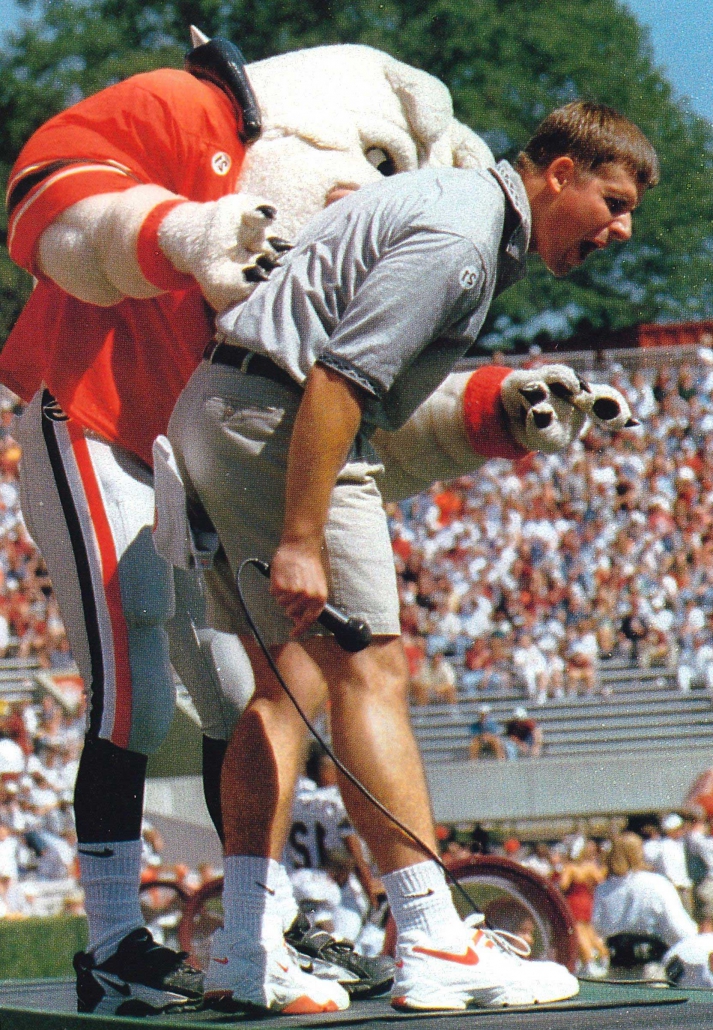
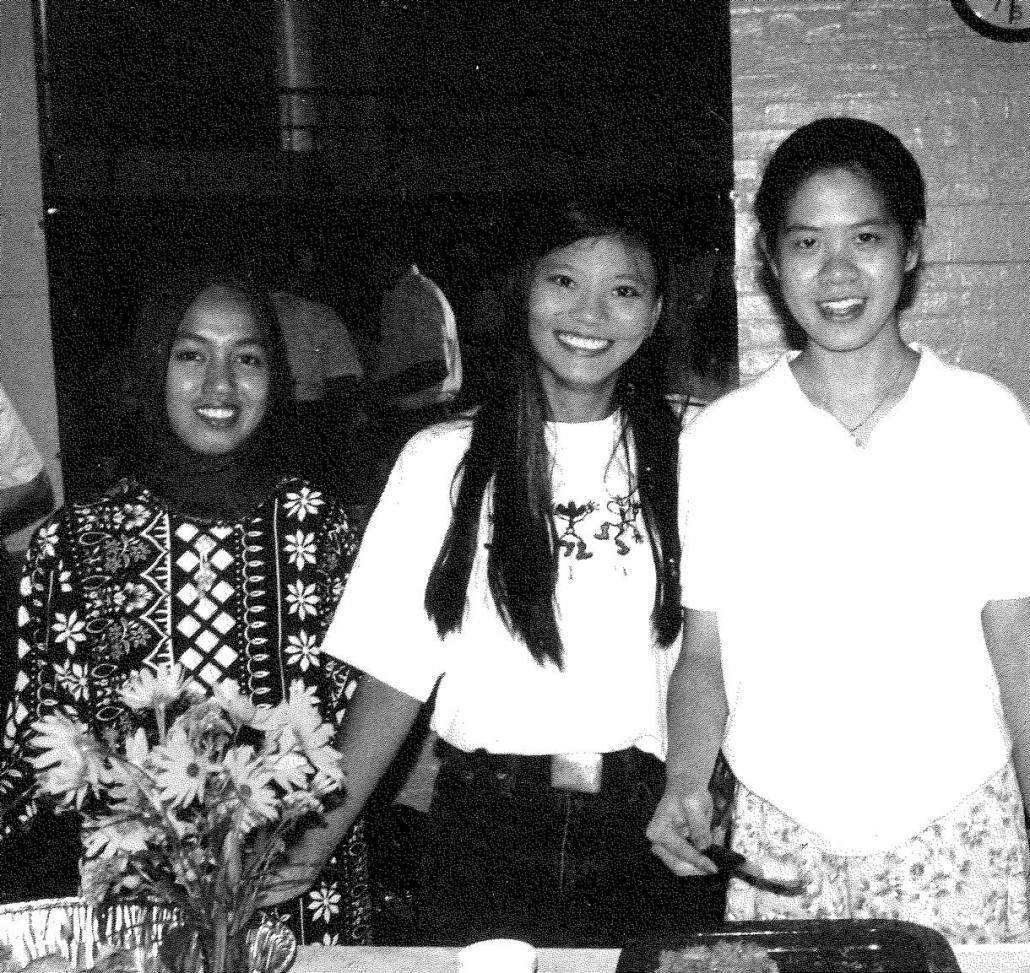


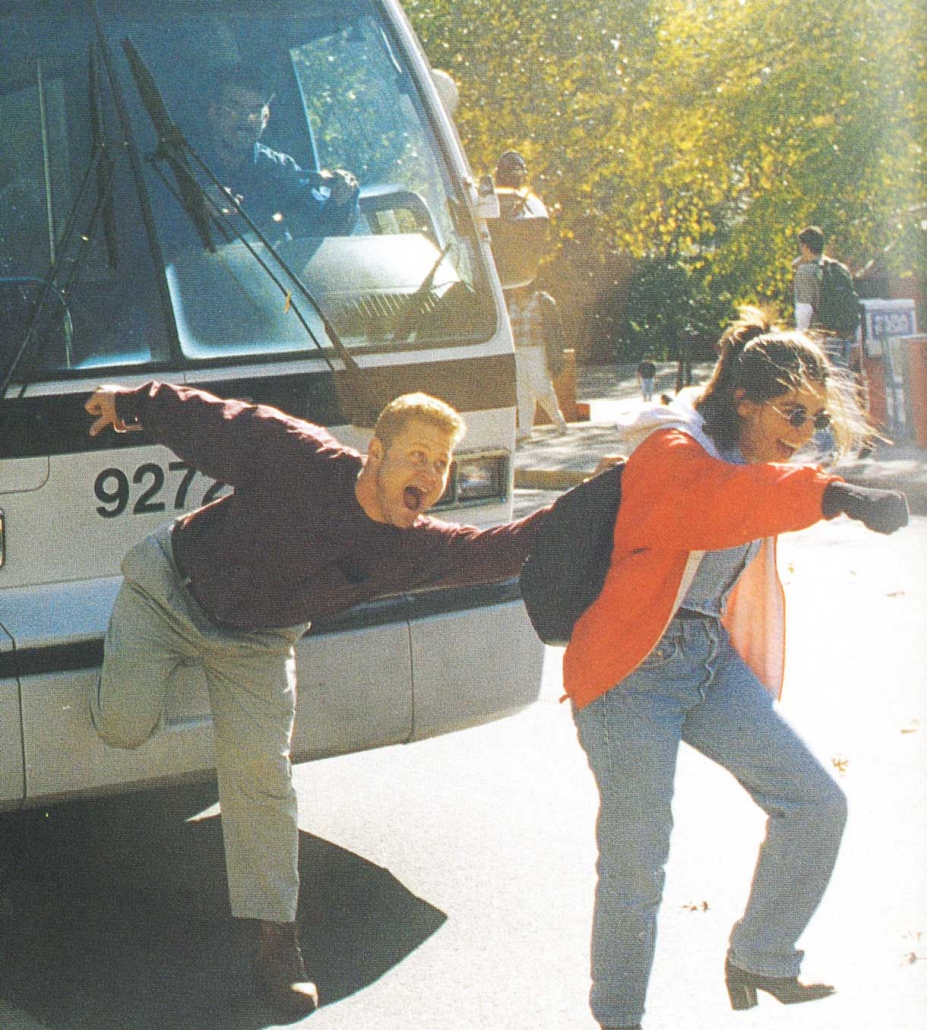


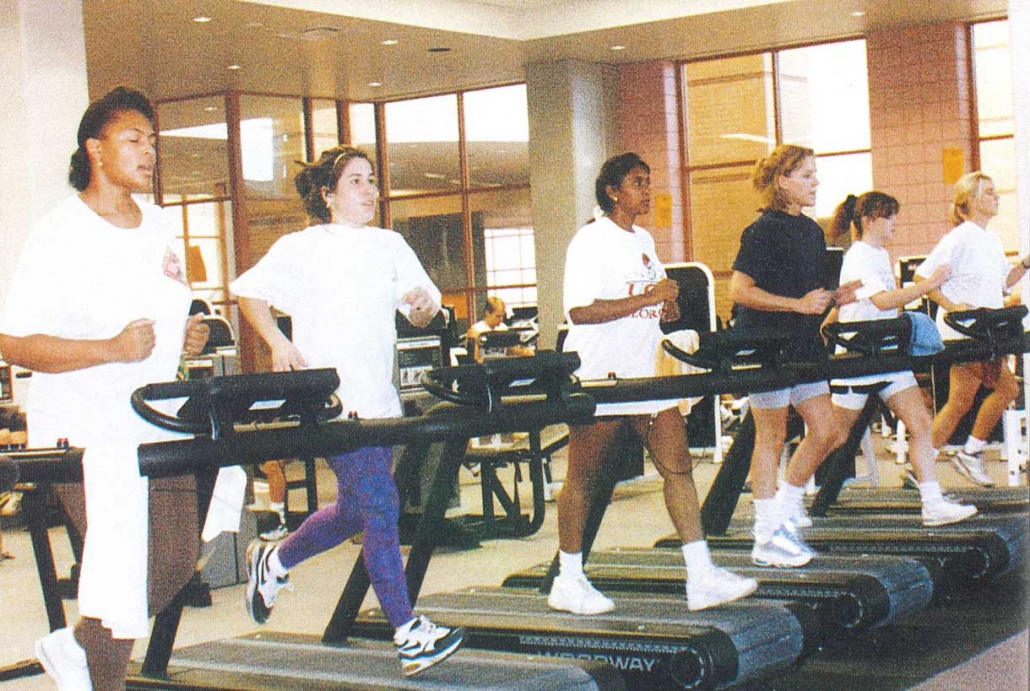

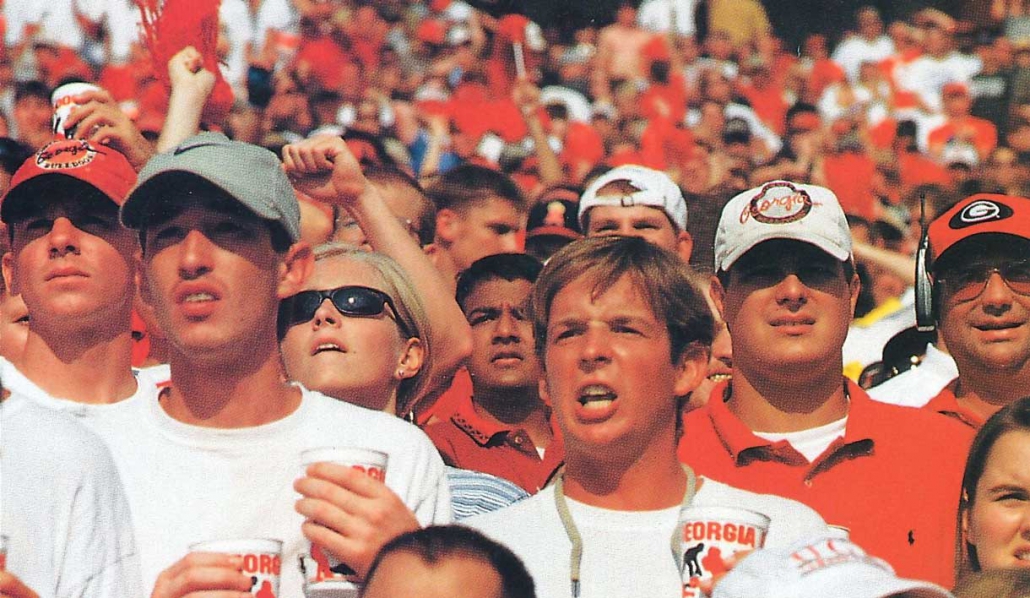


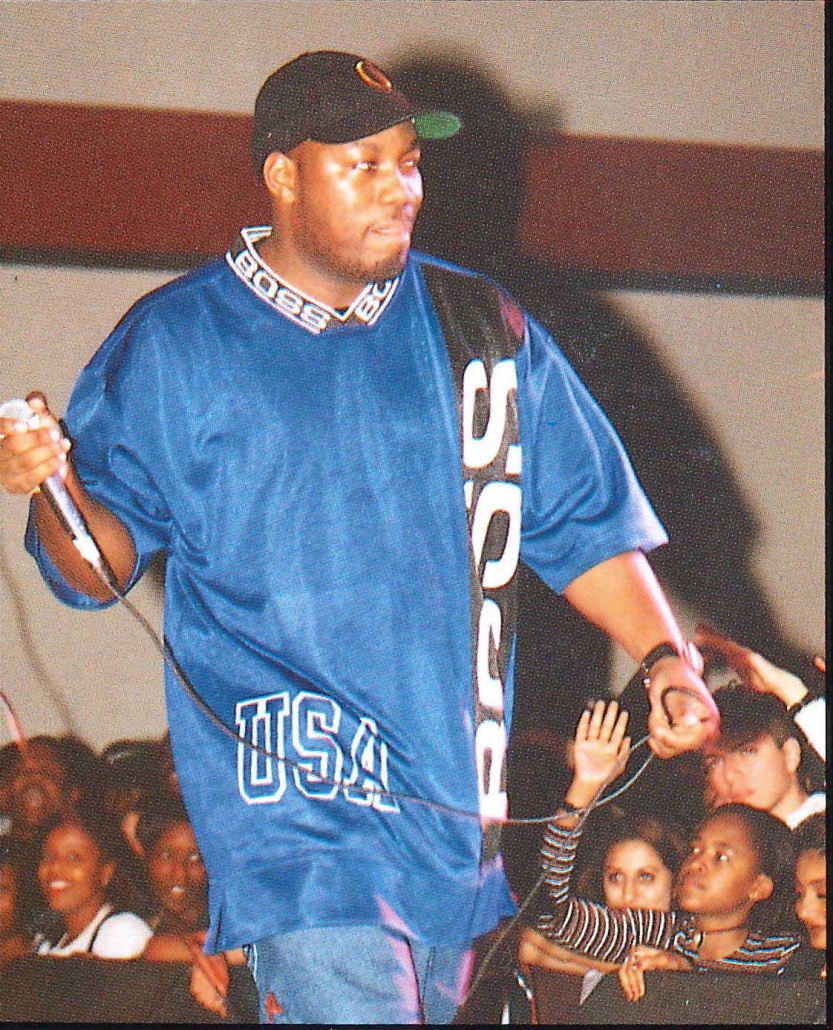
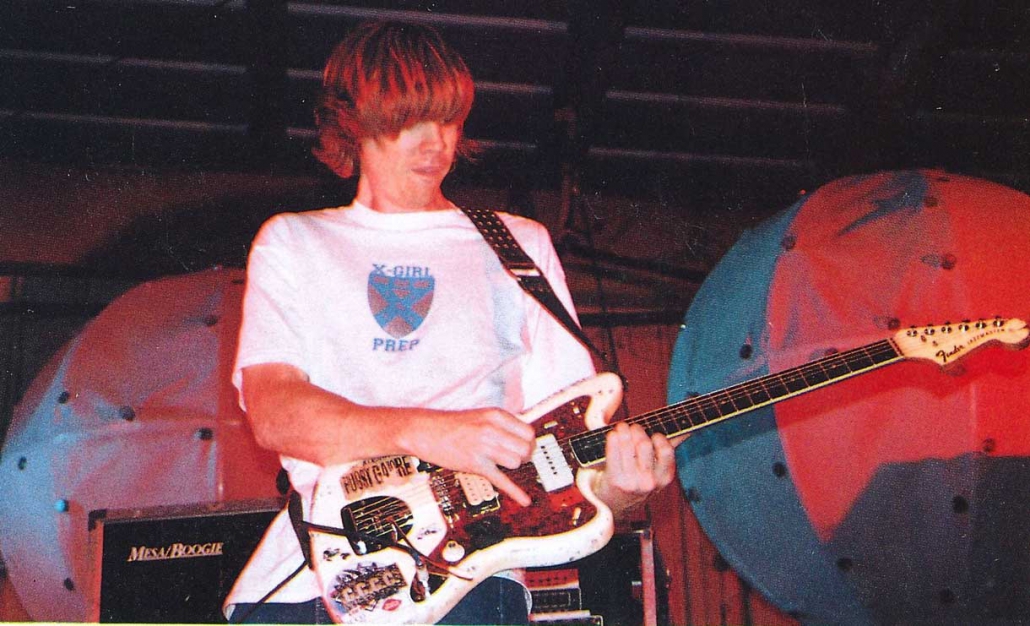
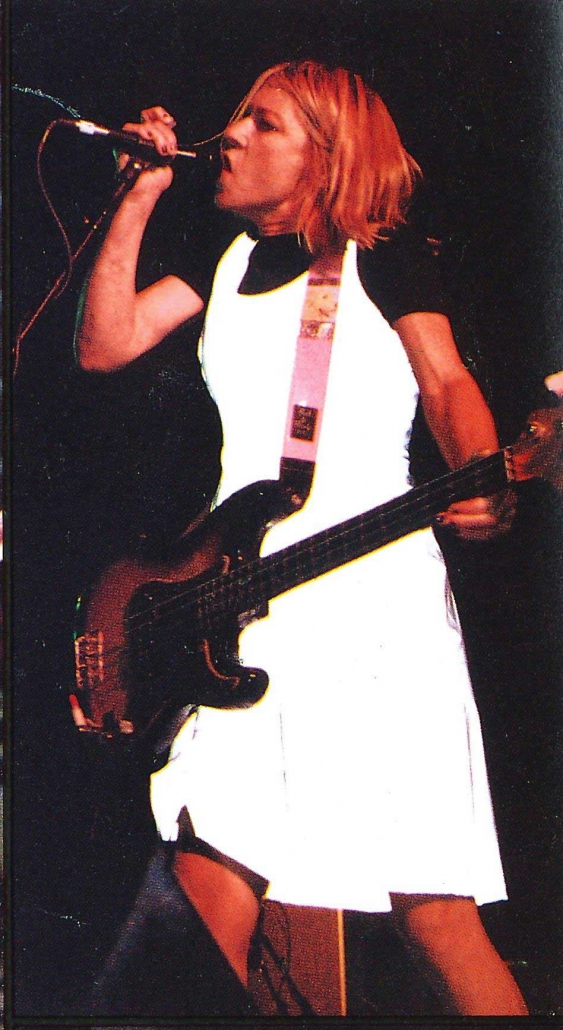
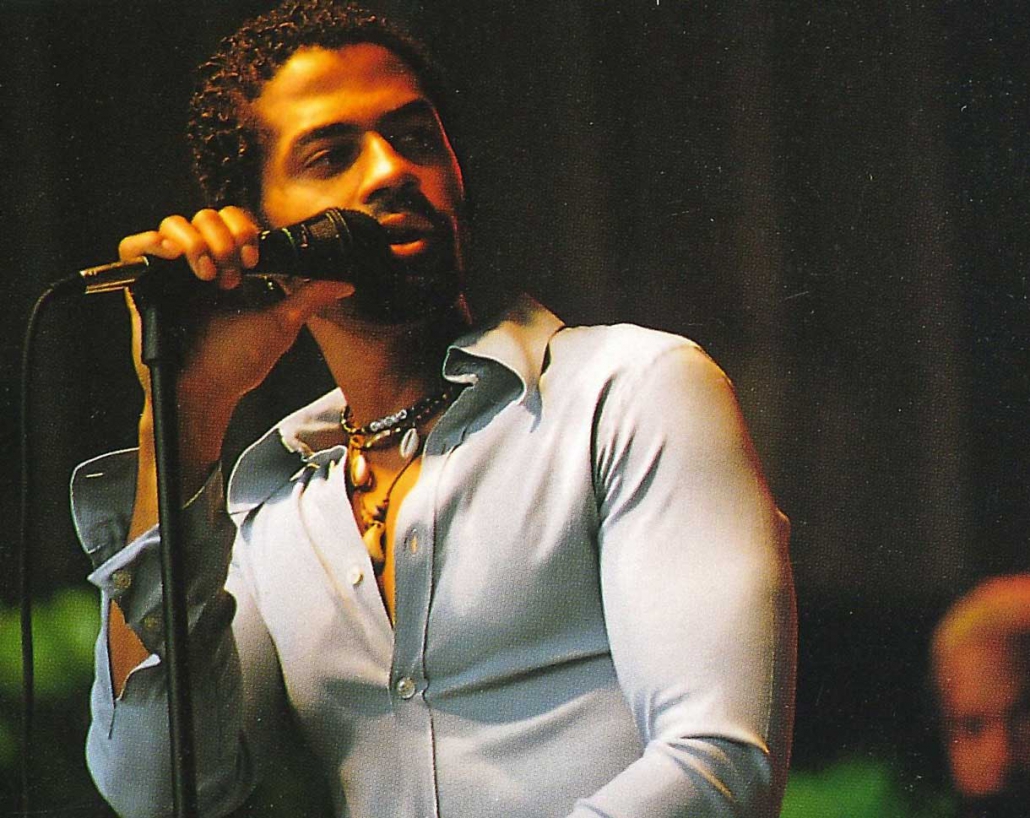
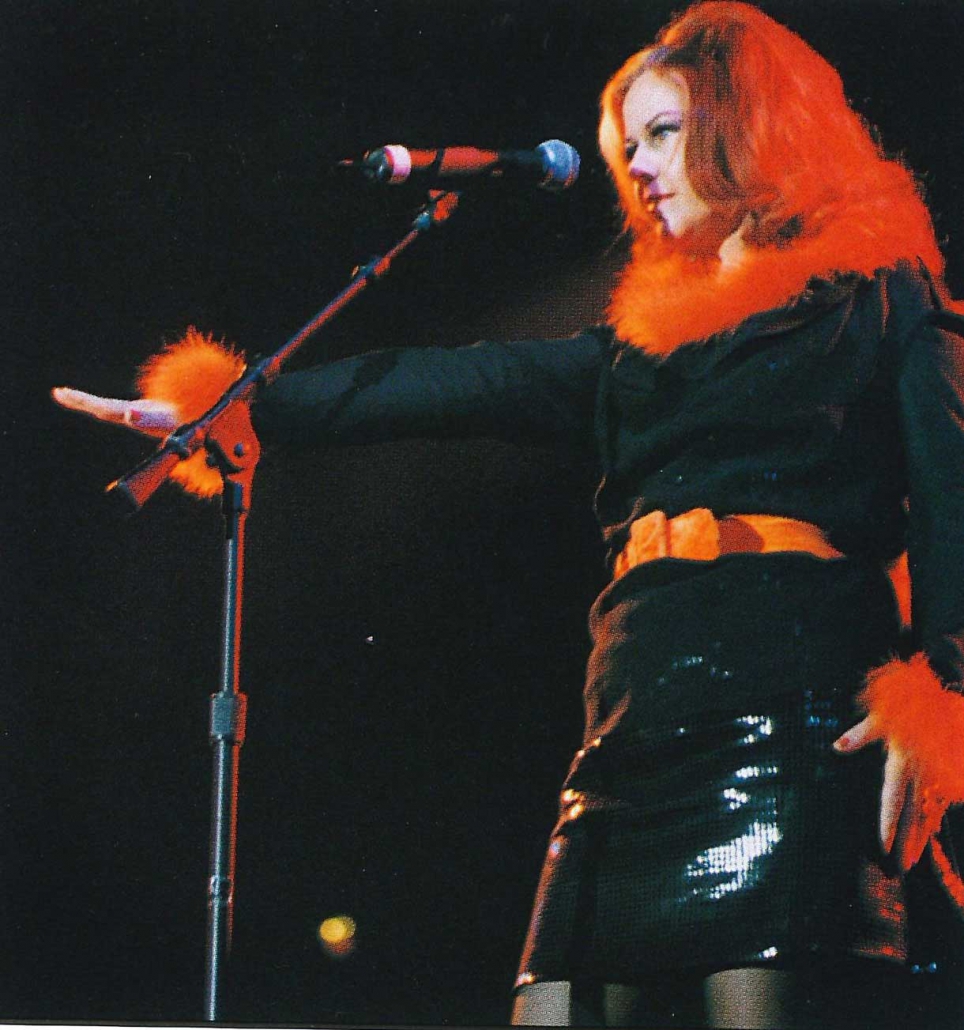


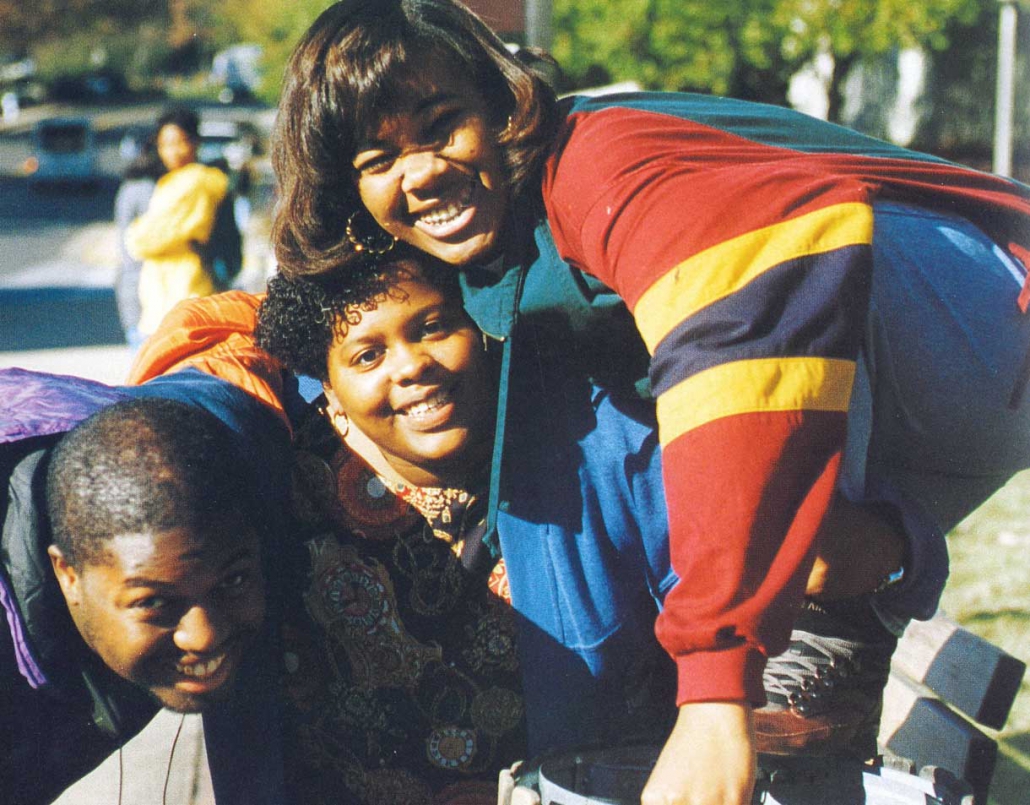

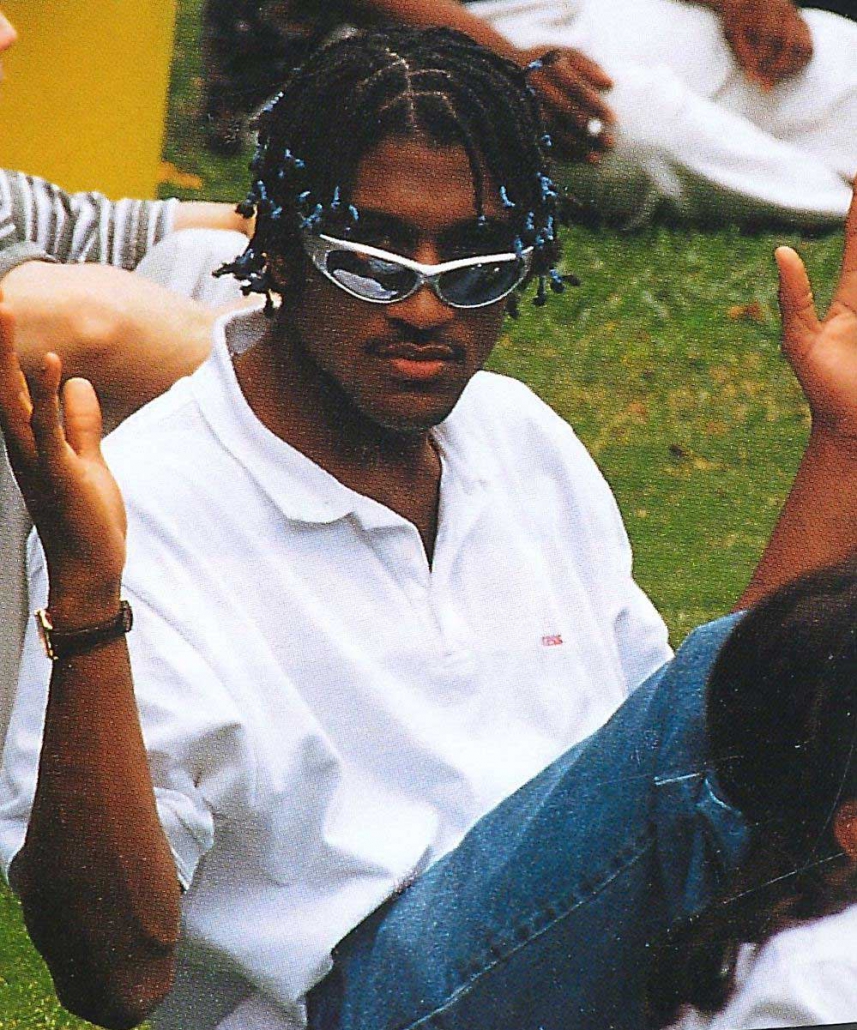

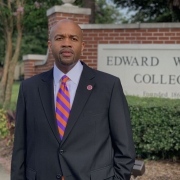
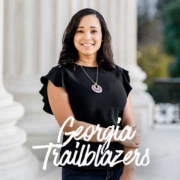
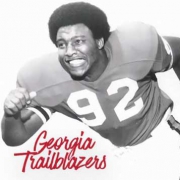

 UGA Marketing and Communications
UGA Marketing and Communications


